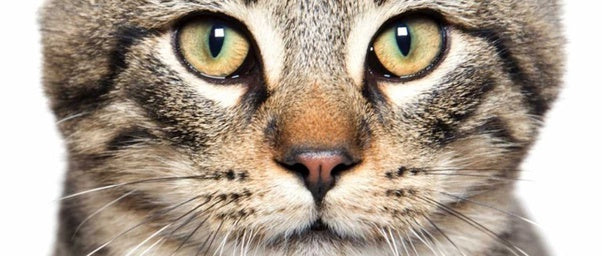
Animals and Some Amazing Facts About Their Eyes
Share
The eyes are believed to be the soul's window. It opens up the world to us, allows us to see, and allows us to connect with others.

But, cooler than human eyes, are the eyes of our animal friends. While animals can't sit down and talk to you, they do have highly developed eyes that help them navigate the environment more efficiently.
Animals are continuously interacting with the components of their surroundings in order to live, so it's no surprise that their "seeing abilities" are so distinct! Here are some more fascinating facts about animals:
Box Jellyfish

How can an animal that lacks even a brain have good vision?
While the box jellyfish lacks several organs present in other animals, including a genuine brain, it does have eyes. It has 24 eyes. It has two kinds of eyes out of the two dozen that it possesses. Rhopalias stalks have six eyes, four of which are "basic light-detecting slits and pits." However, the other two are very sophisticated” and assist the blob-like animal in its oceanside home in navigating through the mangrove roots.
Bee

If you've ever been near enough to a bee, you might have spotted three black spots on the top of its head. These are the eyes! Who would have guessed? A bee has three ‘simple' or ‘ocelli' eyes on the top of its head, in addition to two big eyes on either side of its head. These detect light (but not forms), so a bee can see if a predator is approaching from above. The two big eyes on either side of its head are made up of many small lenses that work together to form a larger image of what the bee can see (a compound eye). They specialize in spotting patterns, which can aid in the identification of plant kinds and other bees.
Surprisingly, the two bigger eyes of bees have small hairs developing on them. It is thought that the hairs detect wind direction and may thus navigate in windy circumstances.
In addition to their hairy eyes, bees are supposed to utilize the sun to navigate. They can see polarized light; thus, they can see the sun even when it is heavily clouded
Cat

Cats, like humans, cannot see in the dark when there is no light. However, under low light circumstances, such as on a moonlight night, they have superior vision than humans do. This is because they have more light-sensitive receptors in their eyes called rods, which allows them to see six to eight times better than we do in the dark. Their pupils also dilate more than humans, allowing more light to enter the eye.
Cats' eyes are far more sensitive to movement than ours, which is one of the reasons they are such effective hunters. They can sense things moving at up to 4 millimetres per second, allowing them to easily find and pounce on fast-moving toys.
Cats and other animals that are active during the day and night have pupils that are formed like vertical slits because this design allows the pupil to change size much faster than our spherical pupils. Because the narrower the pupil, the less light enters, our cats are far less prone than we are to be blinded by abrupt changes in light levels.
With all of these fascinating and astonishing facts, we'd be prepared to claim that animals have a lot better and clearer vision of the world than humans. Perhaps it's time to reconsider your spirit animal!
If you believe your vision could be improved, it may be time to schedule an eye test with the eye doctor. If you just nearby Petaling Jaya area you can drop by to our shop at Malaya Optical Optometrist or you can purchase contact lenses online through our website at shop.malayaoptical.com
